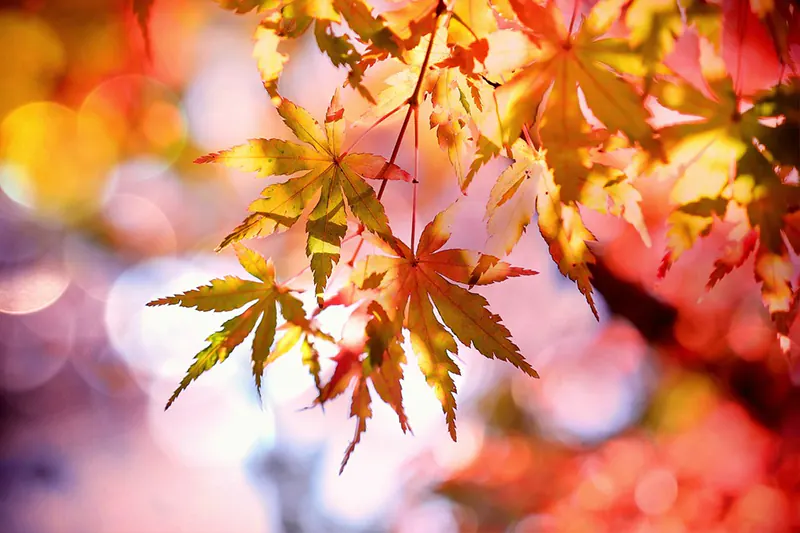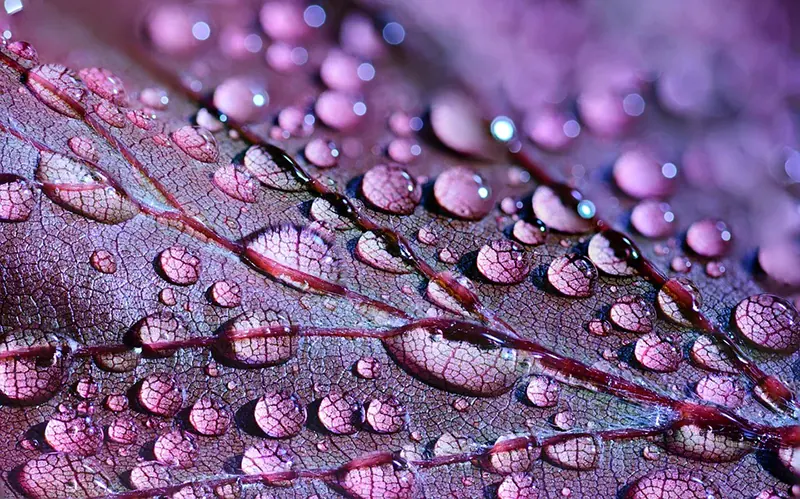How to Identify a Tree by Its Leaves
Trees are abundant gifts of nature and also some of the most taken-for-granted. You can see them in various shapes and sizes, but they all share the same structure and botanical components. Every tree has a trunk supporting twigs and branches, ornamented with leaves and, sometimes, flowers.
However, identifying them isn’t always easy as there are over 600,000 species worldwide, and you can mistake one for another. In this post, we’ll break down some ways to identify a tree by its leaves that will help you recognize most trees.

Types of Tree Species
Broadly, the trees are classified into two main types.
Deciduous Trees
Deciduous trees are also called hardwood trees. Their leaves could be of various shapes (like oval, heart, and star) and typically fall in autumn. Some popular deciduous trees are oak, willow, and maple.
Coniferous Trees
Coniferous trees are mostly evergreen, i.e., they stay green all year. You can identify this type by its needle-shaped leaves. Some popular trees are pine, spruce, fir, and cedar.

How to Identify a Tree by Its Leaves
You can identify most trees just by looking at their leaves. Some common factors are:
Arrangement of leaves
Usually, the leaf arrangements in the trees could be simple or compound. Simple leaves mean they are individuals having their own connection with the branch or twig. Compound leaves are in groups and share the connection with the branch. We can further divide the compound types into pinnate and palmate. Pinnate leaves are leaflets that share a stem attached to the main branch, while the palmate leaves join at a central point on the stem attached to the main branch.
Leaf shape
You can see leaves in various shapes like stars, elliptical, oblong, linear, heart, oval, etc. Elliptical shapes are wide at the center and taper at each end. For instance, a black tupelo tree will have elliptical or oval-shaped glossy green leaves.
Oblong leaves are longer than they’re wide with somewhat parallel sides (Chinese chestnut), while the linear leaves are mostly parallel throughout the length. Ovate leaves are egg-shaped (Elm), and cordate leaves are heart-shaped (Redbud). Lobed leaves have lobes or pointed projections from one or several points on the main leaf (Maple).
Leaf type
Broadleaves are flat and wide and are the most commonly found types. Needle leaves are pointed and long, the cactus leaves are thick and generally covered in spines, while the scales are oblong and thin, primarily found on the cypress trees. For example, if you see a needle leaf, it could belong to a pine tree.
Blade edges
Leaves can have smooth, jagged, or lobed edges. For example, an oak tree’s leaves have lobed edges.
Patterns of veins
Along the center of the leaf runs a large raised vein called the midrib, which could be of different shapes and sizes depending on the tree type. For example, a leaf with a curved vein could belong to a dogwood tree.
Petiole
A petiole is a stalk connecting the leaf to the tree. Depending on the tree type, you can see it in various shapes and textures. It could be long, spongy, and thick, or thin, short, and rigid. For example, Chokecherry tree leaves have short petioles.
Stipule
Stipules are two small flaps growing at the petiole’s base. Although, they aren’t found in all trees. Sweet birch, for example, has ovate-shaped stipules.

Identification Resources
Knowing the different characteristics of leaves and how to classify them will make referring to an identification guide easier and spotting the corresponding tree. There are various resources to consult, such as tree field guides or online encyclopedias containing tons of information on trees. You can also download plant identification apps or consult a local botanist or nursery for information on the trees found in your neighborhood.
Final Thoughts
Identifying the trees in your neighborhood will enhance your vocabulary and knowledge, and you can learn a lot about them. You’ll be better equipped to know what trees or plants are toxic to your pets and if you should steer clear of them. You’ll also be better positioned to decide what trees to plant in your backyard according to your location and climate.







